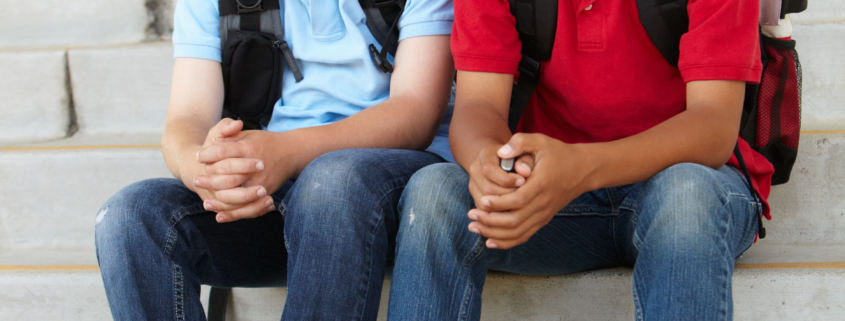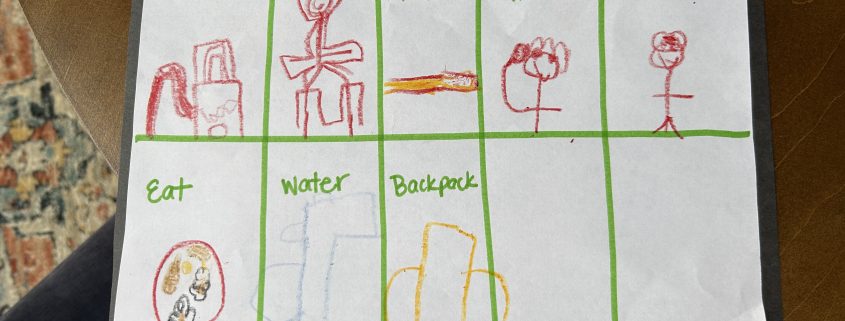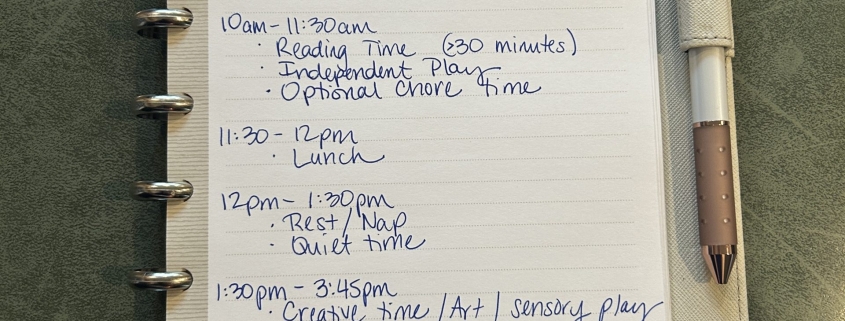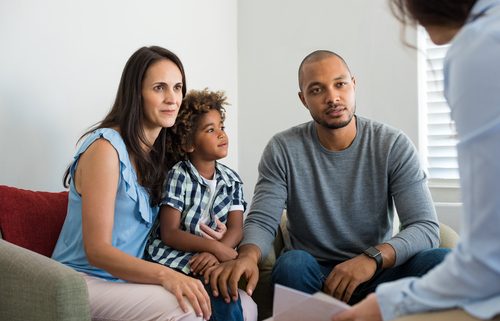Is EMDR Right For Me?
This is a question I’ve been asked many times over the past several months. My answer is often a resounding “Yes!” due to the many applications for this intervention. If you’ve heard the buzz around EMDR and wonder if it’s right for you, here is some information you might consider for yourself and then discuss it with a therapist trained or certified in EMDR.
EMDR, or Eye Movement Desensitization and Reprocessing, is a therapeutic intervention that allows people to heal from traumatic or disturbing life events. We all have neural pathways in our brains that help us make sense of the world around us. However, these pathways can become blocked after a traumatic experience. Using eye movements or other bilateral stimulation, EMDR helps reprocess the memories related to those events, thus removing the blocks in the neural pathways. Once the block is removed, the brain begins to heal from the traumatic event.









